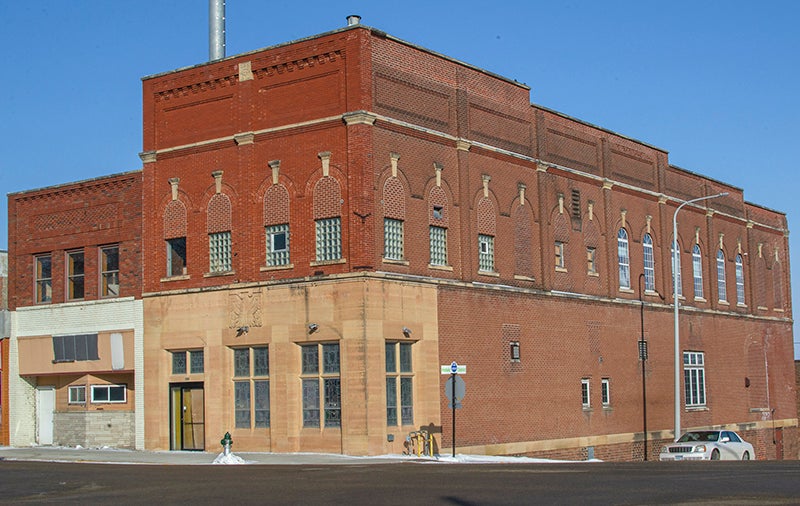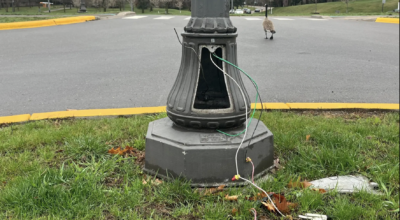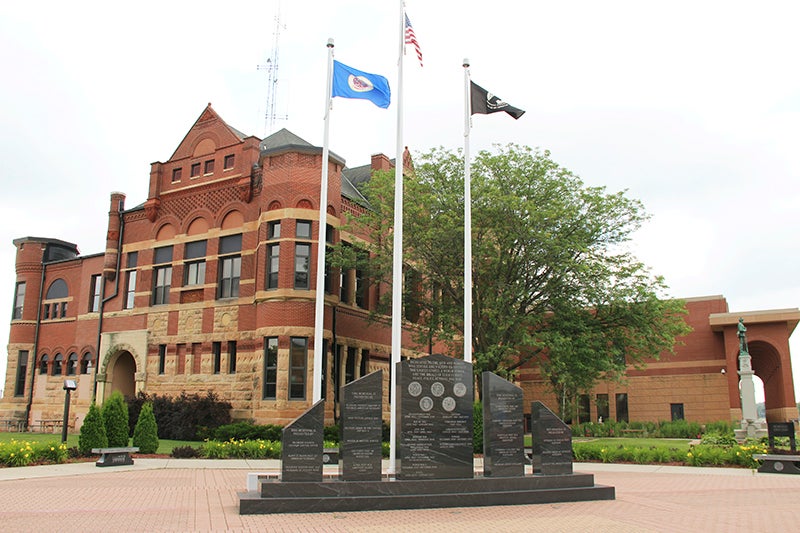Bill to renew state historic tax credit gets hearing
Published 9:00 pm Friday, February 17, 2023

- The historic tax credit program is presently part of a proposal to turn 131 and 137 E. Clark St. into 20 loft-style apartments. Hallie Cantu/Albert Lea Tribune
|
Getting your Trinity Audio player ready...
|
On Tuesday, the Minnesota House Tax Committee held a hearing for advocates supporting renewal of the state’s Historic Tax Credit, which was first instituted in 2011 by former Gov. Tim Pawlenty and expired last June.
According to Brian Stephenson, spokesperson for Revitalize MN, the credit is for buildings registered as nationally historic places. The credit allows developers to redevelop the buildings based on preservation standards. In addition, the state contributed up to 20% of the project’s overall costs.
That, in turn, would allow developers to work on more difficult and complex projects on historic buildings they otherwise wouldn’t work on and incentive them to reuse buildings.
Stephenson said because of the style of redevelopment the tax credit served as an economic driver, and said the majority of funds used in the projects went towards labor costs as opposed to materials. Those funds, he said, supported tradespeople, pipe fitters, plasterers, construction workers, architects and designers.
He also thought it was more sustainable development with structures simply being brought up to code compared to knocking down a building and placing old material in landfills.
And that revitalization could benefit most, if not all, of the community where projects occurred, whether using the building as office space, commercial retail or housing.
The state’s Historic Tax Credit has also been evaluated by the University of Minnesota every year of its existence, and found that for every $1 on tax credit invested, the return-on-investment was almost $10 — on average — of economic activity around it. The ROI was almost $16 outside the Twin Cities.
Stephenson said that was through direct project costs, indirect services and increased the tax base.
Stephenson said developers were the ones to primarily use state historic tax credits.
“The Minnesota Historic Tax Credit has been in existence since 2010 and aligns itself with the federal historic tax credit,” said District 46B Rep. Cheryl Youakim in the hearing.
The tax credit would be available to all approved projects and was simply dependent on which ones were approved for any given year. That meant the dollar value for tax credits would be higher in a year when more projects occurred.
According to Stephenson, the tax credit has generated almost $6 billion in economic activity across Minnesota, and every day without the historic tax credit the state lost, on average, more than $1 million in economic activity.
Speaking at the hearing, Youakim said last year alone the tax credit generated overt $349 million in future economic activity and supported 1,300 jobs. During the life of the project, the credit supported over 29,000 jobs and provided $2.2 billion in labor income.
“The historic tax credit stabilizes and defines unique [characteristics of] our main streets across our communities, especially in our small towns across the state,” she said.
Heidi Swank, president of the Revitalize MN coalition, noted in her presentation to the committee at the hearing that the credit wouldn’t be paid out until the end of the project.
“Therefore, not only is the public money safeguarded, but this tax credit enables a building to be put back onto the property tax rolls, thereby increasing public tax dollars available for schools, libraries and the like in perpetuity,” she said. “It’s just simply true that neighborhoods, their design prior to the proliferation of vehicle transportation was more condensed and inherently supported deeper communities. These are the types of buildings that the state historic tax credit can help preserve.”
Stephenson said he was impressed by the variety of industries present at the hearing, including developers, small business owners, nonprofit leaders, state government officials and city leaders who spoke in favor of the tax credit.
And now that the plan has been introduced in the House, the next step is a Senate hearing, though Stephenson didn’t know when that could happen.
If the two bills are different, they will be moved to a conference committee where members of both the House and Senate will reconcile them to present a final bill. That bill could be introduced into an omnibus tax bill passed at the end of the session.
To date, the tax credit has supported 193 approved projects.




